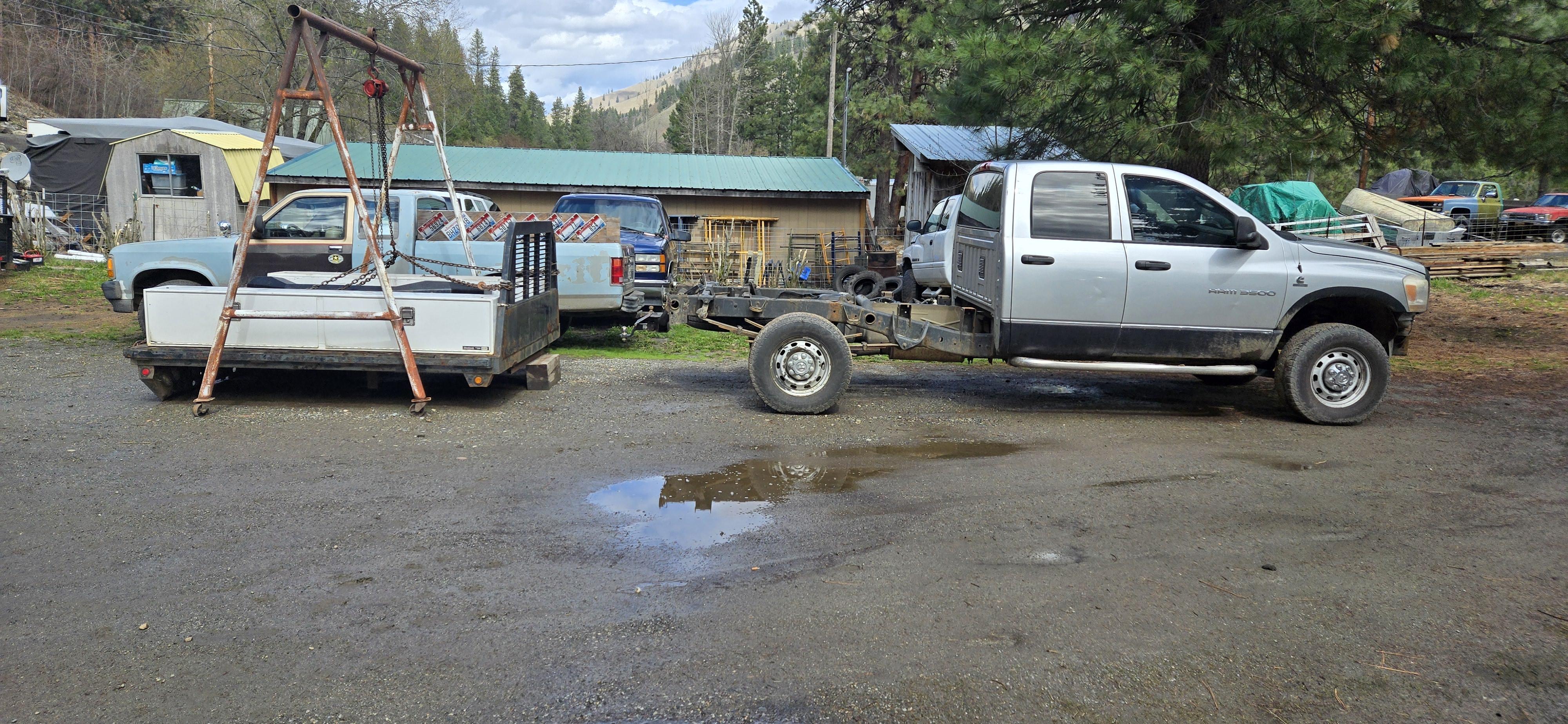Just throwing this out there for those who do not know that all new brake pads must be "Burnished" or worn in for ultimate brake performance.
Coming from the heavy mining, construction and ag equipment side of the world this is a common "Must Do" procedure on all dry brake pads be it drum or disc but you all most likely do not know that it should be done on ALL vehicles with drum or disc brakes.
There are different ways of doing it but all have the same results. rather than typing it out I will just post up a couple different procedures. Enjoy and hopefully you all learned something new and hopefully it will lead to safer braking for everyones sake.
If one looks it up there are tons of videos and info on it. I see posts of weak brakes and other brake issues but never see this brought up.
Coming from the heavy equipment side of the world failing to do this can lead to decreased braking efficiency up to and over 30-40% and I have seen it many many times on scrapers.
![]()
http://www.brakeandfrontend.com/tech-tip-brake-burnishing-procedures-for-new-brake-pads-or-shoes/
At Bendix, we highly recommend that new pads and shoes be broken in properly.
After every brake job the technician should first confirm that he has a good brake pedal by gently stroking the pedal to move the wheel cylinders and caliper pistons back out to the normal position. After confirming a good pedal, the follow burnish procedure should be used during the test drive:
30/30/30 Burnish Procedure
• Perform 30 stops from 30 miles per hour with a 30-second cooling interval between stops. These stops will be performed at a decelerating rate of 12 feet per second or less. This means that it should be a gentle easy stop.
• The 30/30/30 Burnish Procedure beds the pads and shoes into the rotor and drums. It also deposits the necessary friction transfer to the rotors and drums for optimum brake performance.
• Following this procedure also assures that your customer will have excellent brake performance from the first time he or she drives the car after brake service has been performed. You should not depend on your customer to break in the brake job. The only way to assure that it is done correctly is to incorporate it into your brake job test drive.
Remember, proper burnishing assures a long lasting, high performing, noise free brake job!
Courtesy of Bendix by Honeywell.
For more information and brake tips, visit www.bendixbrakes.com.






There are no reviews to display.